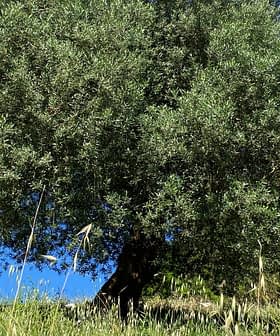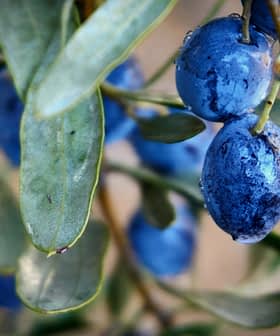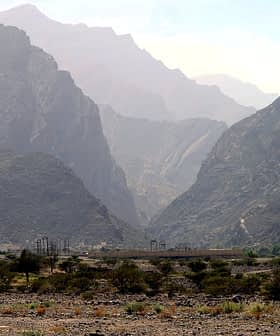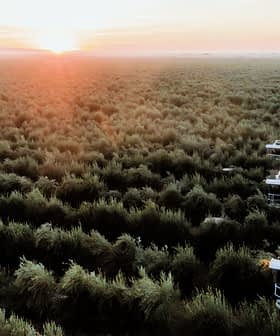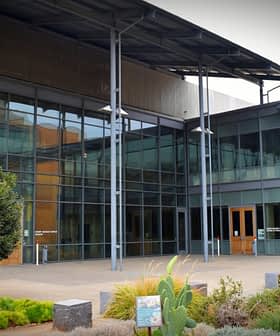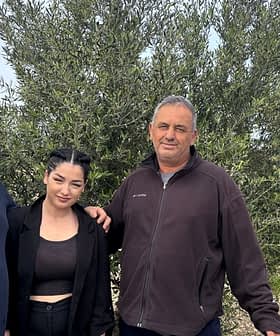Recent research suggests that a mechanical table olive harvester combining trunk and canopy shaking is more efficient than either method alone.
The study found that the method improved efficiency – measured as the percentage of fruit removed from the tree over time – of mechanical harvesting by 75 percent and yielded higher-quality fruit.
In recent years, the production of California table olives has declined significantly. The study noted that this is due to hand harvesting costs, which often exceed 60 percent of the gross return.
See Also:World Trade Organization Finds U.S. Noncompliant in Table Olive Trade SpatAs a result, the mechanical harvesting method could significantly decrease harvesting costs and increase the economic viability of the state’s table olive sector.
“Well, nothing in tree production is a big breakthrough; it is more a slow, steady progress,” said Louise Ferguson, the study’s author and a professor in the Department of Plant Sciences at the University of California – Davis.
“The first step or advance is that we can use double-sided pistachio/prune shakers economically enough to harvest table olives, which are harvested physiologically immature and have a fruit removal force of about 0.5 kilograms.”
Next, Ferguson said the researchers are investigating Accede, an ethylene-releasing compound manufactured by Valent Chemical. This compound also appears to increase trunk-shaking harvester efficiency.
The study evaluated harvester efficiency by comparing an experimental canopy contact shaker and a commercial trunk shaker. Both demonstrated low harvest efficiencies and no significant differences in harvester efficiency between the two, averaging no more than eight percent.
However, simultaneously combining both shaking methods increased the price per ton earned by the producer by 63 percent compared to trunk shaking and 35 percent compared to canopy shaking.
While the new harvesting method is a potential game changer for table olives, Ferguson said it would not significantly increase the efficiency of harvesting olives for olive oil.
“Oil olives are physiologically mature and have a much lower fruit removal force,” she said. “Canopy contact machines appear to be highly efficient, so the trunk shaker is not an innovation for them. Current olive oil cultivars were bred for highly efficient over-the-canopy contact shakers.”
“However, Accede could very possibly be something they could use as even at the high harvester efficiency, getting even two to eight percent more olives off the tree at harvest would be significant,” Ferguson added.
The trunk-shaking harvester used in the research is available for purchase or contract harvesting, but Accede is still in the field trial phase.
According to cost studies from UC Davis, hand harvesting can account for up to 80 percent of table olive labor input and 60 percent of production costs.
The new study’s findings may reverse the decline of California’s major table olive, Manzanillo, which has decreased in the last three decades due to rising labor costs and increased scarcity.
However, careful planning is required to transition an olive grove from hand harvesting to mechanical harvesting.
According to Amanda Bailey, the chief executive of the Australia-based Olive Center, the change involves a substantial shift in harvesting and pruning and managing the logistics of processing a significant increase in fruit in a shorter amount of time – approximately 500 kilograms per hour.
While mechanical harvesting promises greater returns, it cannot happen in isolation. “There is no mechanical harvesting without orchard and canopy adaptation,” said Ferguson, paraphrasing the Israeli mechanical harvesting engineer Yoav Sarig.
First, trees must be planted in closer hedgerows – 200 to 250 trees per acre (490 to 620 trees per hectare) compared to the traditional 96 trees per acre (237 trees per hectare).
The trees must be mechanically pruned to maintain harvestable height, width and volume. Furthermore, minimal hand pruning must be done to allow light to penetrate the canopy and produce flowers and fruit.
“We have demonstrated that mechanical harvesting produces the highest efficiency; however, the oil industry does not need it, and no manufacturer is going to produce a new machine for the 12,400-acre (5,020-hectare) table industry,” Ferguson said.
“Bottom line… both industries are struggling to get the five tons per acre (12 tons per hectare) needed for economic sustainability,” she added. “That is why efficient mechanical harvesting and possible abscission agents that decrease fruit removal force and increase harvester efficiency are of such interest.”


